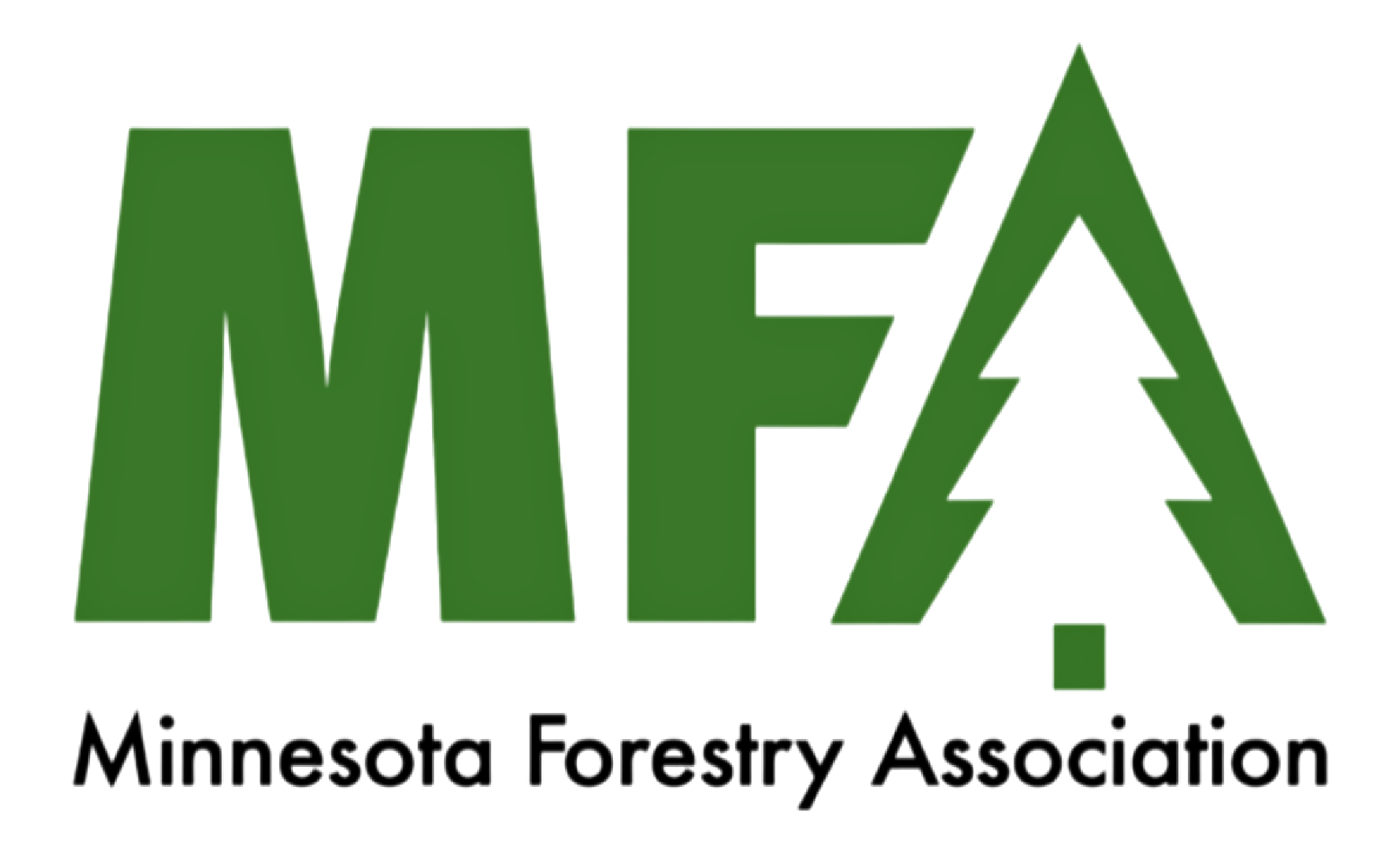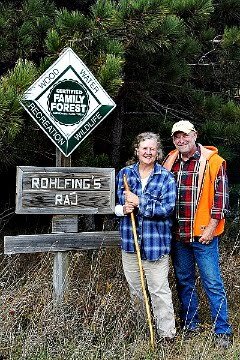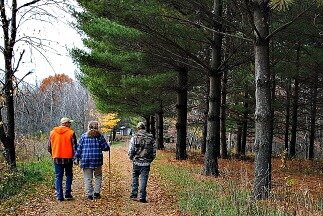Sit for a while at the kitchen table with Dale and Suzanne Rohlfing of rural Zumbro Falls and you’ll learn three things. First, they care passionately about their small corner of Minnesota woodlands and prairie grasses. Second, a sense of hospitality runs deep, and they see their home and surrounding acres as a gathering place to enjoy with friends and family. And last, don’t mess with their land. They’ve been known to out-organize and outlast some pretty big opponents.
Both Dale and Suzanne are natives of Illinois, meeting at Southern Illinois University at Edwardsville, marrying in 1978. Suzanne was a forestry student for a time at Iowa State before becoming an RN. She has spent the last 35 years as a nurse, currently in obstetrics at Mayo. Dale pursued a career as a Chiropractor. Love of the outdoors brought them together, and to Minnesota.
“We wanted to raise our children in the Midwest, and we fell in love with this area while visiting,” said Suzanne. They moved to Rochester in 1986, working and raising their three children. Their dream of living in the country simmered on the back burner until a friend’s proposal came out of the blue.
“A client and friend of mine came to show me pictures of his property north of Rochester,” said Dale. “Cliff and Dorothy Laging loved this place and had poured a lot of time and energy into it. Over the years, they planted 17,500 red and white pine, spruce and black walnut seedlings. They had hoped to pass it on to their son, but Gregg was in a serious accident that eventually took his life.” The tragedy forced the Lagings to reevaluate their plans. “Cliff came right out and said, ‘Would you like to purchase my tree farm?’ I was speechless. He gave me the keys to the gate and told us to go take a walk.” That was all it took. The Rohlfings purchased the 50 acre site in 2002, continuing to live in Rochester and spending as much time as possible on their new found passion.
“It was definitely the honeymoon phase,” said Suzanne. “We were finally living our dream of owning forest land. We spent every moment we could up here, even though there wasn’t a structure on the property. We didn’t really know what we were doing, but we sure enjoyed ourselves while we learned!”
Their first management plan, drawn up in 2003 by consulting forester Katie Dudley, might have signaled the end of the honeymoon, but not the passion to improve the land. “Finally, we had a direction,” said Dale. “I can’t speak highly enough of the foresters and the resources that are available to land owners in Minnesota.” The couple have had numerous foresters walk their land and give advice, and Dale has attended many classes and workshops on a variety of forest topics, learning and networking with other tree farmers. “The big lesson those first few years was how much there is to learn!” said Suzanne.
The main focus during the first years was thinning and pruning to manage blister rust and open up the forest floor. Eventually, the couple started building a home, moving permanently to the property in 2014. “We are so much more thoughtful in our impact, and hopefully, we’re making more intelligent decisions,” said Suzanne. She now gravitates to the pruning and thinning of black walnut, while Dale tends towards work in the pine stands. Trees aren’t their only focus, though.
“We have about 10 acres of prairie that we’re working to restore,” said Suzanne. “We recognized some of the plants that were here, but decided to bring in an expert to identify what we had. There are 28 species of native prairie plants, and the challenge is to suppress the non-native and invasive species while helping the natives thrive. Once again, we found wonderful resources and experts to help with that process, including the MN DNR and Wabasha SWCD.”
In 2008, the Rohlfings faced a different kind of “invasive species.” Xcel Energy was making plans to run a west-east high voltage transmission line in the area, and one of the proposed routes came right through their land. Rather than give in, a group of neighbors organized to participate in the process. “We hired legal counsel and fundraised with raffles, polar plunges, even set up booths for hair braiding and massages.” The North Route Group attended hearing after hearing, wrote news releases and did radio and tv interviews. Ultimately, they were successful. “It was really grass-roots activism at its best,” said Dale. “We gave up a lot of tree farm time, but it was all worth it.” In the end, five tree farms were spared.
As you arrive on the property, you’ll see an interesting plaque hanging below the tree farm sign: Rohlfing’s Raj. “It’s Czech for “Paradise,” said Suzanne, proud of her family heritage. For the Rohlfings, their own little corner of paradise is more than they could have hoped for, and will be for generations to come.




